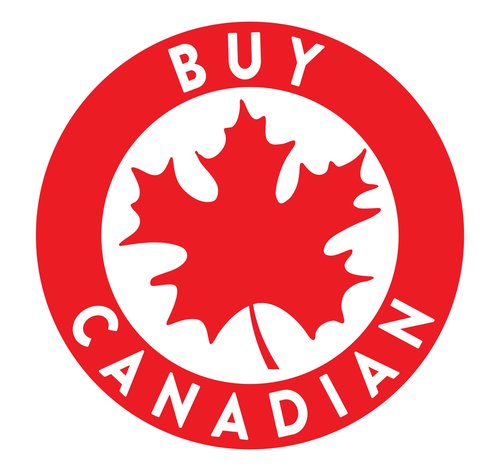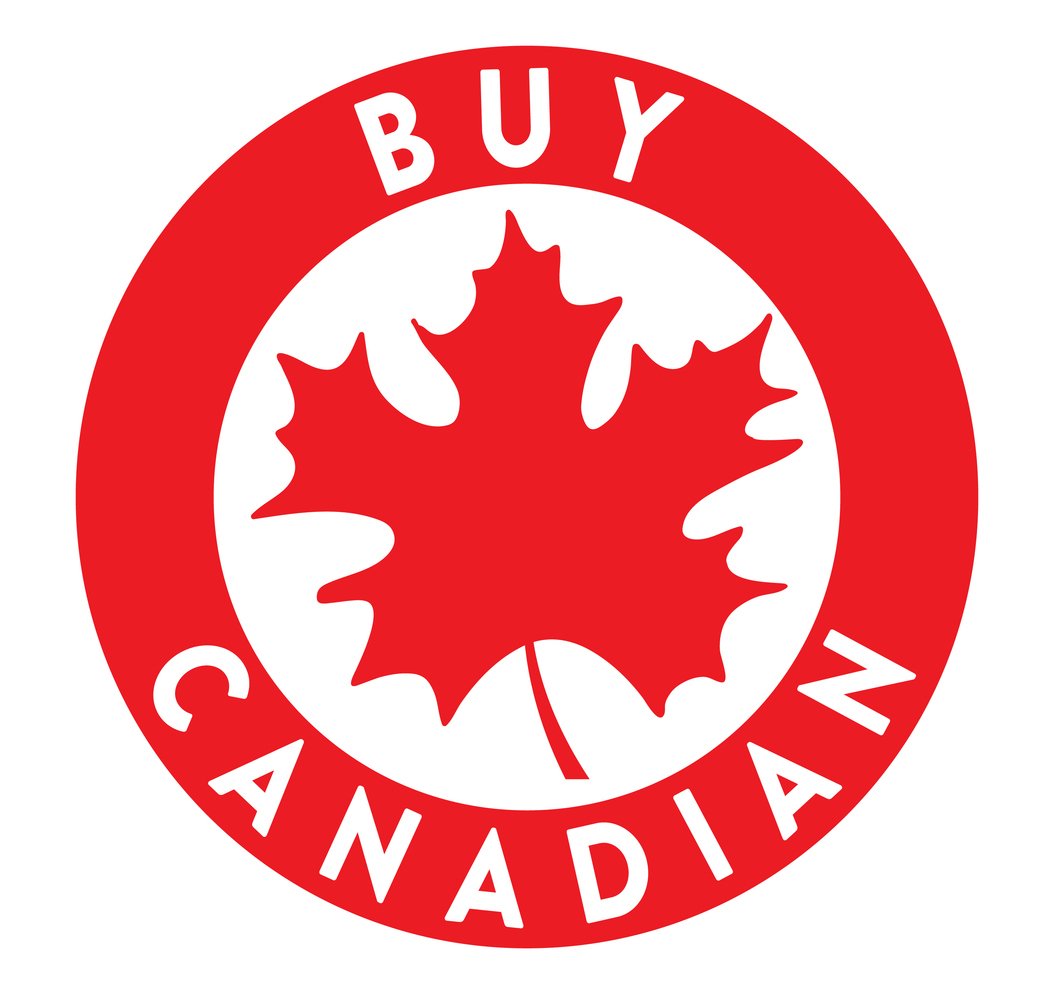
Some American-branded goods made in Canada may be getting caught up in the countrywide trend of shunning products from the United States, raising risks for Canadian workers who make goods in this country and are employed by foreign and U.S.-owned companies.
The dilemma was highlighted last week following the Saskatchewan government’s ban on the sale of 54 types of American-branded beer made in Canada. The government implemented the ban in response to the administration of U.S. President Donald Trump‘s tariffs on Canada.
But the province walked back the ban on Tuesday after an outcry by industry groups that pointed out the beer is made in facilities across the country by Canadian workers and uses barley grown in Saskatchewan.

iStock-2196799567
Michael Graydon, chief executive of Food, Health and Consumer Products Canada, a trade organization representing companies that produce food and health products in Canada, said Saskatchewan’s initial ban on the beer was an easy mistake to make given the close integration of the two countries’ economies.
“Some of the companies that have made very significant capital investments in Canada in manufacturing capacity are in fact not Canadian companies,” he said. “They may be U.S. companies, but they have made a commitment to Canada.”
If governments are having difficulty grasping what makes a product Canadian, it follows that consumers may also be confused.
Here’s a look at what consumers may want to consider the next time they make a purchase, along with what “Made in Canada” and “Product of Canada” labels really mean for food products and beyond.
What’s the difference between Product of Canada and Made in Canada labels on food?
Labelling on food products must follow guidelines set out by the Canadian Food Inspection Agency (CFIA).
Foods labelled Product of Canada are considered to be of Canadian origin by the CFIA. That means that just about all the ingredients must have been produced and processed in Canada by Canadian workers. Non-Canadian components should be “negligible,” according to the CFIA’s website.
Similarly, a product labelled Canadian must fit the criteria of a Product of Canada.
The Made in Canada label is a little bit different. This label means the food must have been processed in its final stages in Canada, though it may be made of imported ingredients. The CFIA tells food manufacturers to use such labels with a qualifying statement so consumers know exactly what they’re buying.
For example, a cookie baked in Canada that contains Canadian flour and imported sugar would have the following label: “Made in Canada with domestic and imported ingredients.”
But even those labels may not tell the whole story.
Graydon said some Canadian companies that import ingredients they can’t source domestically wouldn’t be able to meet the threshold to use the Made in Canada or Product of Canada labels even though they are based in this country.
What’s the difference in the labels on products that aren’t food?
The Competition Bureau of Canada sets out two major criteria to determine if a non-food item can be classified a Product of Canada.
To be a Product of Canada, 98 per cent of the costs of producing the good must be incurred in Canada. The Competition Bureau also said the last stage of production should happen within the country, even if the product is made of imported ingredients.
As with food, a non-food product with a Made in Canada label has less stringent criteria. The Competition Bureau said 51 per cent of costs that go into making the product need to be incurred in Canada, the last stage of production should occur in Canada and the label should include a statement indicating where the components come from. For example: “Made in Canada from imported and domestic parts.”
Does a maple leaf sticker on a product mean it’s Canadian?
Not necessarily.
David Soberman, a professor of marketing at the Rotman School of Management at the University of Toronto, said there are no hard-and-fast rules about the use of the maple leaf as a national symbol on products.
“You can almost stick a maple leaf on anything and people think that therefore it’s Canadian,” he said.
Still, in the case of food, there are other labels the CFIA encourages manufacturers to use to help cut down on some of the confusion.
These include:
- “Roasted and blended in Canada” for coffee beans, because all coffee beans are imported.
- “Distilled in Canada” for bottled water distilled in this country.
- “Canned in Canada” for green beans canned here.
- “Refined in Canada” for cane sugar imported into the country, but refined in Canada.
- “Processed in Canada” for food completely processed here.
- “Prepared in Canada” for food that’s been entirely prepared in the country.
- “Packaged in Canada” for imported food that’s bulk packaged here.
Article content
What are the risks of inadvertently shunning products manufactured in Canada?
The main one is that Canadian jobs could be at risk.
Graydon said companies that make food and related products are the largest manufacturing players in Canada and a decrease in sales could lead to job losses.
Many non-Canadian companies have made major investments in the country, he said, and don’t deserve to be penalized.
“They may be U.S. companies, but they have made a commitment to Canada to manufacture goods here and to employ thousands of employees,” Graydon said.
Had Saskatchewan’s ban on American beer made in Canada remained in effect, industry groups said the fallout would have been swift and devastating to producers.
Beer Canada, which represents beer makers, said 88 per cent of beer consumed in this country is made domestically even if the brand is owned by a foreign company.
Barley farmers would have also faced a substantial hit if Saskatchewan’s ban had remained in place.
The ban would have decreased barley demand by approximately 141,000 metric tonnes, Cody Glenn, chair of the Saskatchewan Barley Development Commission, said. In 2024 Saskatchewan farmers produced more than three million tonnes of barley.
“It does fundamentally impact Canadian jobs and that doesn’t make any sense,” Graydon said.
This isn’t the first time there’s been confusion over what makes a product Canadian. In January, then-prime minister Justin Trudeau came under criticism for comments that encouraged Canadians to buy French’s ketchup, which is produced in Canada but owned by Maryland-based McCormick & Co. Inc., over Heinz ketchup, also produced in Canada but owned by Chicago-based Kraft Heinz Co.
In response, Kraft Heinz issued a statement reiterating that the company makes its ketchup in Canada.
“There are two things identical between Heinz ketchup and (French’s),” Graydon said. “One, they’re both very good ketchups. Two, they’re both made in Canada.”
What about products not manufactured in Canada?
Even those products contribute to the Canadian economy, Graydon said, because Canadian labour is used in the sales process here.
“In many cases they have large sales networks,” he said. “They have employees.”
It also goes beyond sales networks. To get an American-made product to customers, a Canadian delivery driver brings that product to a store, which might be owned by a Canadian company, and then it is placed onto the shelf and sold by local workers.
Buying a Canadian product is one way to help support local jobs, but buying American-owned products also supports local workers.
“(Food and health manufacturers) are very primary employers and they are driving the largest manufacturing sector in Canada,” Graydon said.
- Email: mhansen@postmedia.com
Comments are closed.
